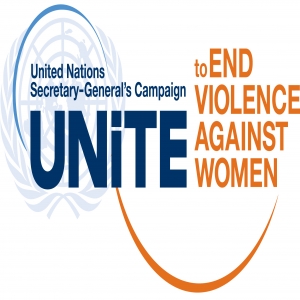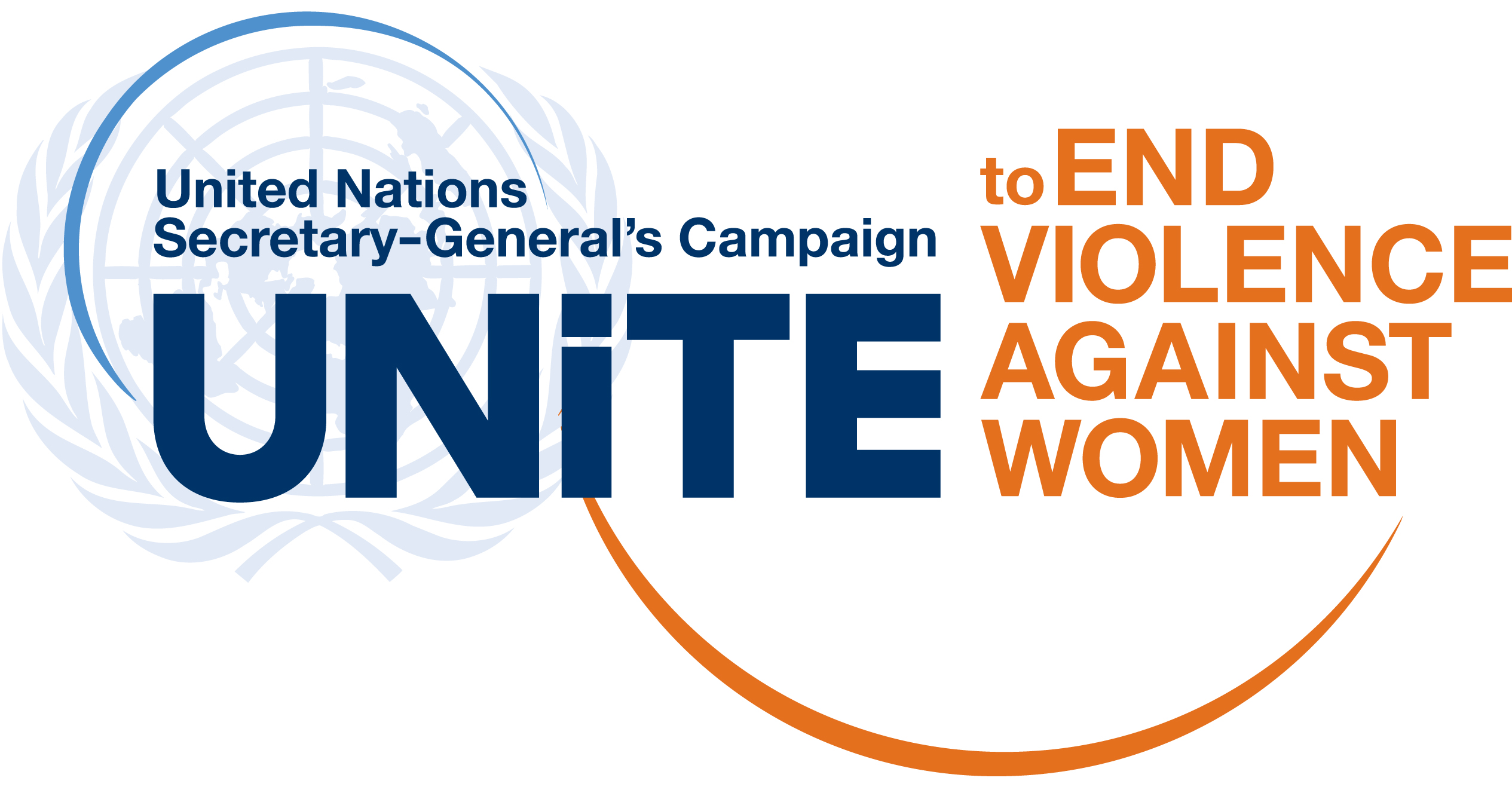
.png) Dr. Minakshi Sardar
Dr. Minakshi Sardar

According to the UN, November 25 has been marked as a day against gender-based violence since 1981. However, in 1993, the UNGA adopted the resolution on the elimination of VAW, and in 2000, officially marked the day as "International Day for Elimination of Violence Against Women (VAW)." The day highlights the prevalence of stark gender-based violence against women across the globe, transcending all territorial borders, civilisations, societies and cultures.
This year, the UN launched a 16-day activism campaign, starting November 25 under the "UNiTE" campaign and ending on December 10, which marks International Human Rights Day. The campaign under the hashtag "Every 10 Minutes, a woman is killed. #NoExcuse. UNiTE to End Violence against Women" stresses the alarming rise in VAW. It seeks accountability and the need for robust responses from the decision-makers.
The UN estimates that globally, one woman out of every three has faced physical violence or sexual violence, even both, at least once in their lifespan. VAW remains one of the most crucial challenges to humanity and women. One needs to critically explore the prevalence of VAW in India and where it stands 78 years after independence.
What do we understand by VAW?
VAW is the use of any kind of violence against women. It is a multidimensional phenomenon characterised by varying levels of inequality, discrimination, and prejudices, causing various levels of destruction, which has profound implications for individuals and families.
VAW may incorporate a gamut of actions ranging from psychological abuse to beating, harassment, stalking, rape, marital rape, forced sexual acts, forced marriages, child marriage, trafficking or mistreatment. VAW has been prevalent in all forms of society, varying only in magnitude. The popular slogan "personal is political," highlighted by the second wave of feminists, exposes the deep-rooted inequalities and discrimination against women. What explains its continuation in the Indian context needs attention.
The Indian NCRB estimates that total crime rates against women in India recorded in the last decade have only risen, with an overall estimate of the national crime record at 3,29,243 registered cases in 2015, 4,28,278 in 2021, and 4,45,256 in 2022. Interestingly, though not entirely surprising, Uttar Pradesh consistently records one of the highest crime rates against women among other Indian states. UP registered 35,908 crime cases against women in 2015, dramatically rising to an estimated 65,743 registered cases in 2022.
The crime rates in 2022 estimates are overall high even in other states: Haryana registered 16,743 cases; Bihar recorded 20,222 cases; Orissa recorded 23,648 cases; Telangana recorded 22,066 cases; Andhra Pradesh recorded 25,503; Madhya Pradesh recorded 32,765 cases; West Bengal 34,738; Maharashtra recorded 45,331, and Rajasthan recorded 45,058 cases.
Socially constructed norms assigning particular roles to males or females in society have always perceived women as subordinate and submissive to men. This institutionalisation can be best explained in the Platonian notion of "female bears and the male begets," which is consistent with the gender-based normative approach in Indian societies.
Since birth, a child is made institutionally aware of the roles one must abide by to become what the sociologists call the 'ideal type.' It might sound simple, but the fact that a girl child is often gifted with dolls, barbies, makeup accessories, or cooking and kitchen play sets exposes the pre-determined expectation of an ideal type of girl child who should be kind, soft, patient, caring, enduring and also when she grows up to be a woman she should be able to manage the kitchen and household chores.
A boy child, on the contrary, in most situations, is often gifted with toy cars, toy weapons, chessboards, football, cricket bats or outdoor games. Indoctrinating that the normative male role is expected to be masculine, strong, intelligent and engaged in the public domain. This idea of what an ideal type of girl or woman should be, born out of societal expectations, is inherently discriminatory; it limits the productive individual growth of women.
The UN estimates that globally, every ten minutes, a woman is killed by their intimate partners or relatives. In Indian society, intimate partner violence (IPV) is a crucial indicator of VAW. In 2015, India recorded 1,10,434 registered cases of IPV, which by 2022 increased to 1,44,593 registered cases. The IPV mainly captures the societal norms and stigma prevalent in society. West Bengal consistently has a high prevalence of IPV cases compared to other states, with 22,431 registered cases in 2022. UP also holds a high record of cases in the context of IPV, which has risen over time, with 20,511 estimated in 2022.
Several organisations, groups, and government policy initiatives have clearly, qualitatively and quantitatively enhanced their gender sensitisation workshops and awareness policies. But how far have they been successful in bringing about concrete outcomes? Several policies, like the Beti Bachao Beti Padao, have been flops. The NCRB data only reveals the growing rise in the number of registered crime rates against women in India.
It is easy to say that voices must be raised against violence, but seldom do women gather the courage to voice it in public. It is more an issue of concern in rural India. Indian societies are rife with social stigma, prejudices and perceptions. It takes women a lifetime to even come to terms with such experiences, survive the trauma, or even bring it into the public domain.
Consequently, most of the time, violence is underreported, or women do not find the appropriate mechanisms to address their grievances and many times continue to be victims owing to societal pressure. This is more prevalent in the case of intimate partner violence, where the woman stays passive owing to several considerations, including economic constraints, socio-cultural norms, the prospects of her children or societal acceptability.
The NCRB data merely reflects only legally registered cases. Proper documentation and more social awareness of the issue are needed. This can be done by systematically collecting data and assessing cases from health care centres, mental health care clinics, or social services centres, including women's organisations.
As the UN campaign to eliminate VAW stressed the need for robust responses, strict actions through "well-resourced national strategies" can show some hope. The escalation in VAW-reported cases indicates the need for concrete structural changes and rigorous and effective policy actions by the state. More awareness and redressal mechanisms should be implemented at the grassroots and at every subsequent administrative level. At the same time, there should be more initiatives for financial support to women and the expansion of various platforms and women's movements that could help in grassroots-level participation for women throughout all societies in India.